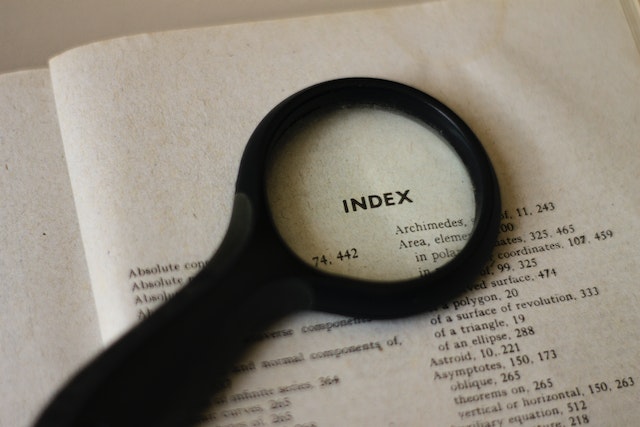Cataloguing simply provides a list of items in a specific order, while classification assigns items to categories based on their similarities.
What is cataloguing?
Cataloguing is the process of creating a record for each item in a library collection. This record includes information such as the title, author, subject, and other details that will help users find the item.
What is classification?
Classification is the process of sorting objects into groups based on shared characteristics. In a library, books are classified according to the Dewey Decimal System, which organizes them by subject. Classification helps users find books more easily and makes it possible to shelve them in a logical order.
Main differences between cataloguing and classification
1. Cataloguing is generally more detailed and specific than classification. It involves creating a record for each item in a library collection, with all relevant information about that item (e.g. title, author, subject matter, etc.). Classification, on the other hand, groups items together based on shared characteristics – usually by assigning them to specific categories or classes.
2. Cataloguing can be done manually or electronically, while classification is almost always done electronically these days.
3. Because cataloguing is more specific, it generally takes longer to complete than classification. And since it’s often done manually, it can be quite labour-intensive. Classification is typically quicker and easier since it’s mostly automated.
4. Finally, cataloguing is used mainly in libraries, while classification has applications beyond the world of libraries (e.g. in online retail).
When to use cataloguing and when to use classification
Here are some things to keep in mind when making your decision:
-The level of detail you need. If you need specific information about each item, cataloguing is the best option.
-How many items you have? If you have a large number of items, it may be more efficient to classify them rather than catalogue each one individually.
-The type of resources you have. Some types of materials, such as audio and visual materials, may be better suited for classification.
Photo by Nothing Ahead: https://www.pexels.com/photo/magnifying-glass-on-book-4494642/








